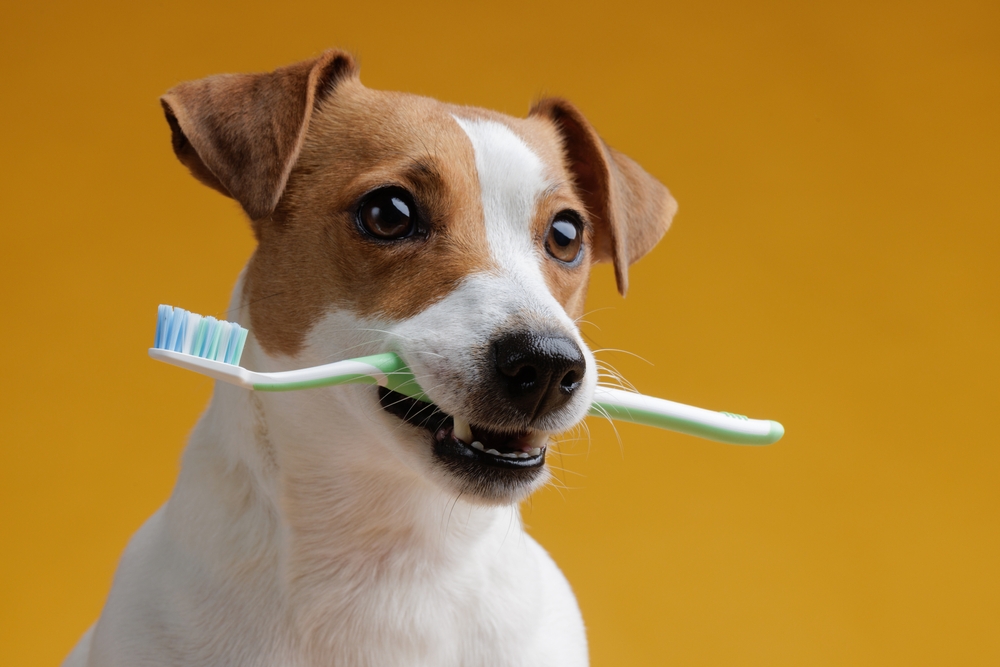Contact Us
Montana Veterinary Hospital is located on the south side of Huffine Lane, approximately 1 mile east of Four Corners and 4 miles west of Gallatin Valley Mall. We are about 100 yards south of Huffine Lane on Tawny Brown Lane, near Abba Dabba Storage and Country Mall Antiques. For more detailed driving directions pleases utilize the map below.
- Address6588 Tawny Brown Lane Bozeman, MT 59718
- Phone(406) 586-2019
- Fax406-586-0376
Office Hours
- Monday:8:00 am-5:30 pm
- Tuesday:8:00 am-5:30 pm
- Wednesday:8:00 am-5:30 pm
- Thursday:8:00 am-5:30 pm
- Friday:8:00 am-5:30 pm
- Saturday:8:00 am-8:30 am
5:00 pm-6:00 pm - Sunday:8:00 am-8:30 am
5:00 pm-6:00 pm
Saturday & Sunday Hours are for Boarding Drop Off and Pick Up Only AFTER HOURS EMERGENCIES (406) 586-2019

















